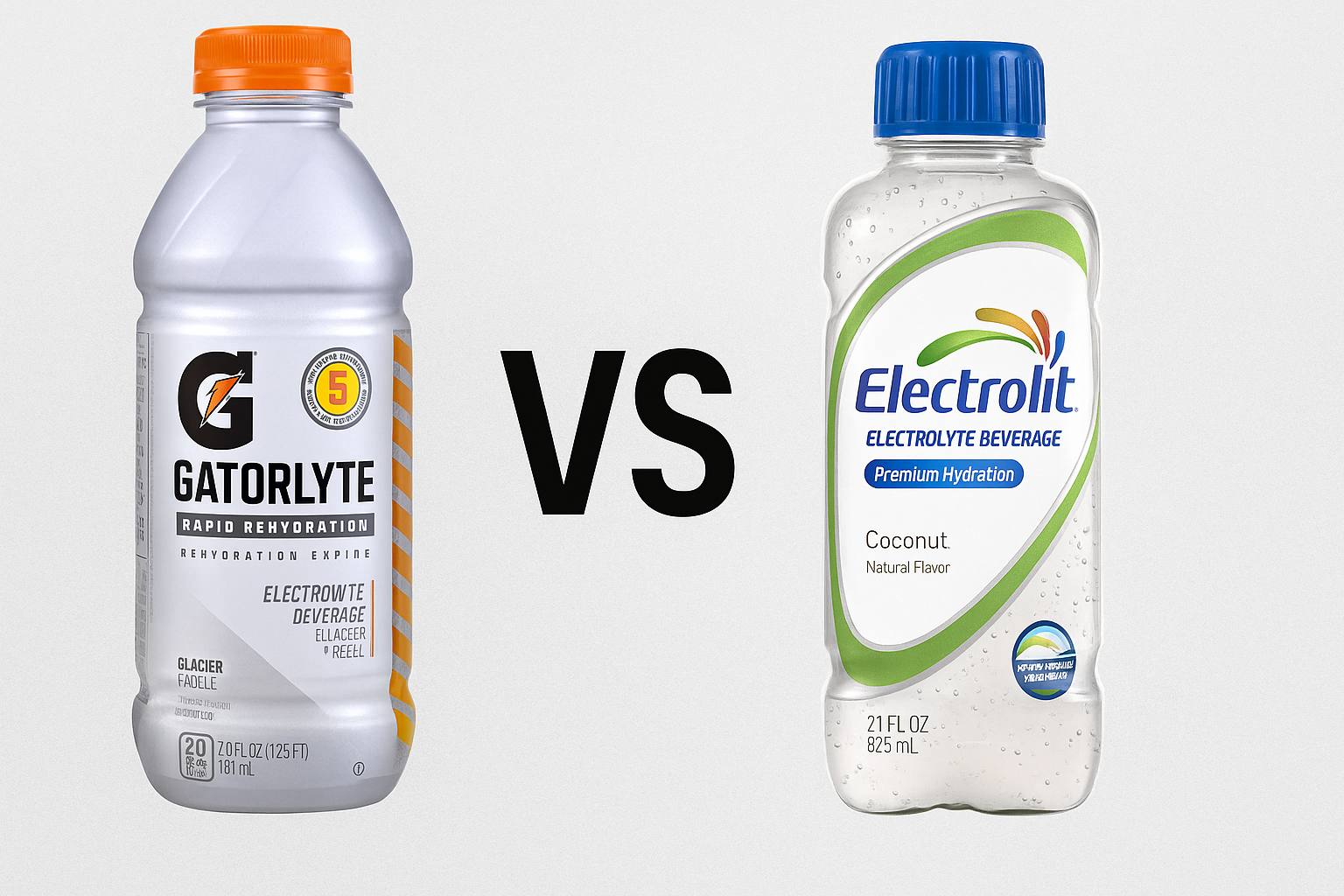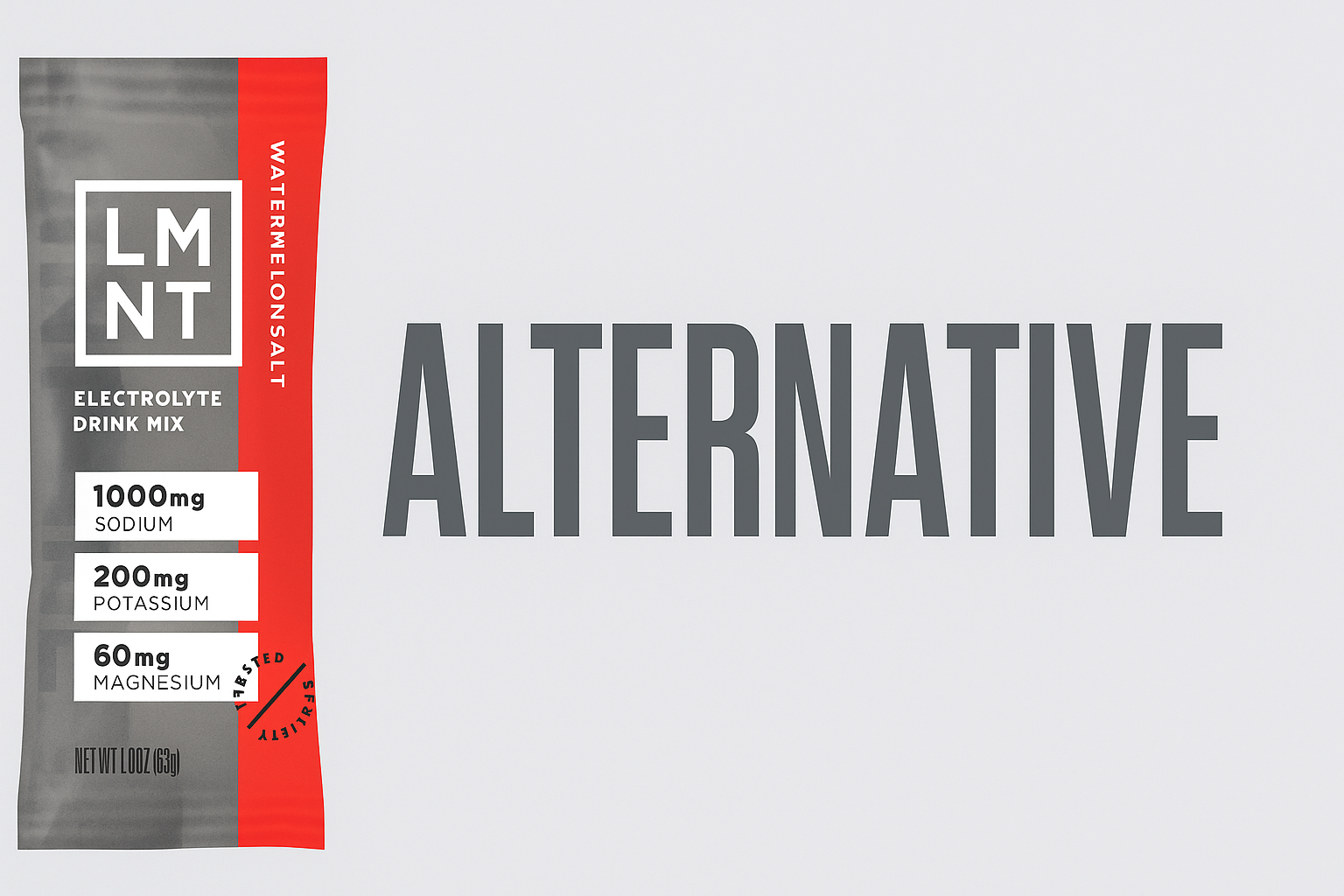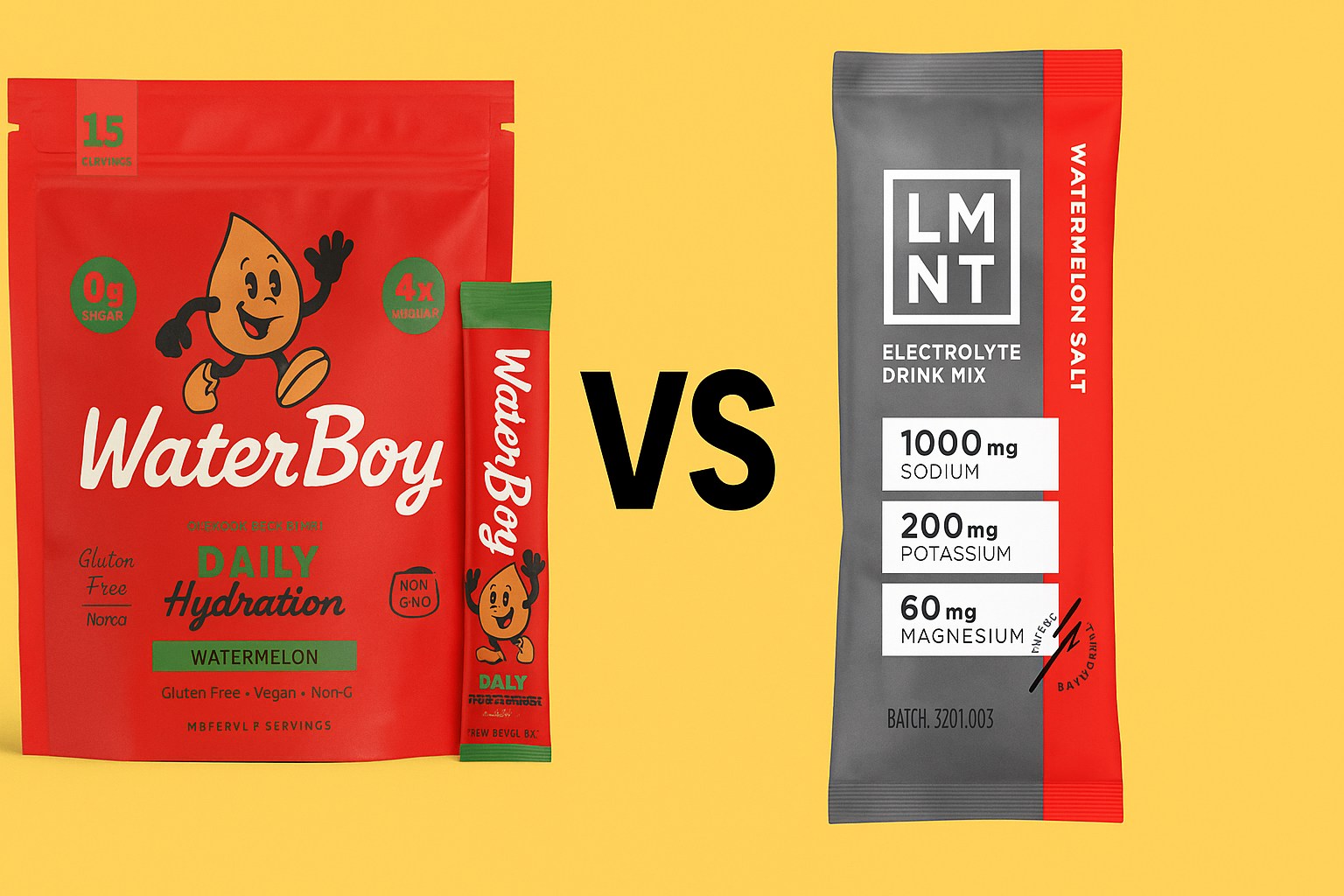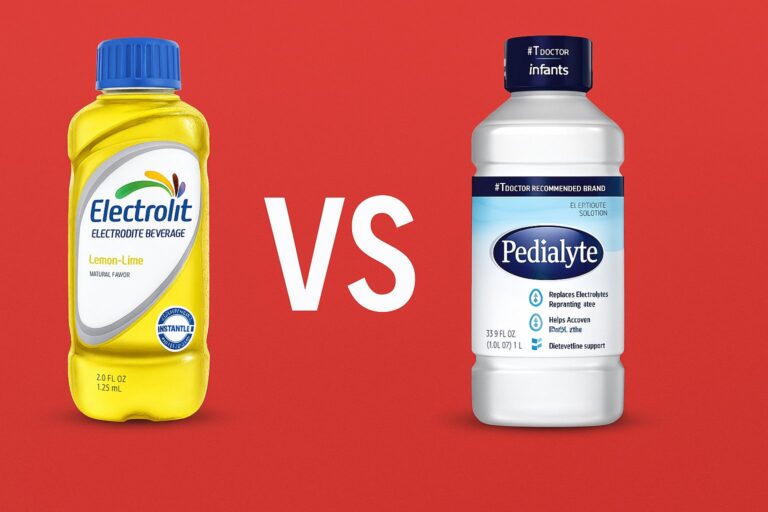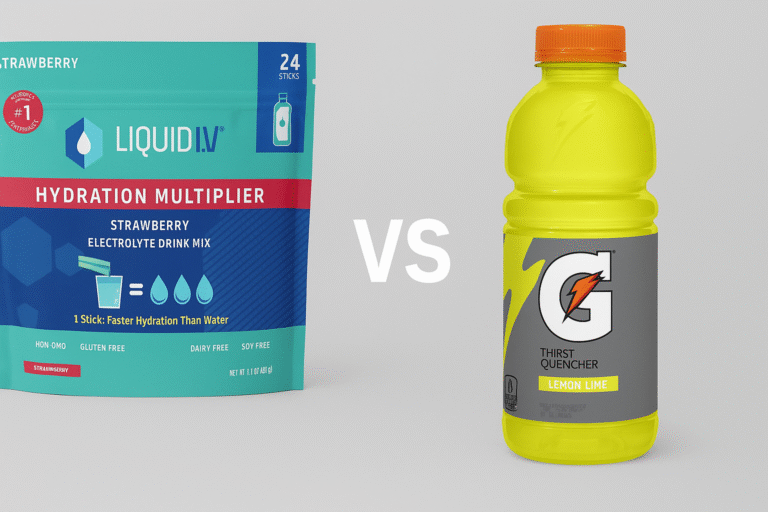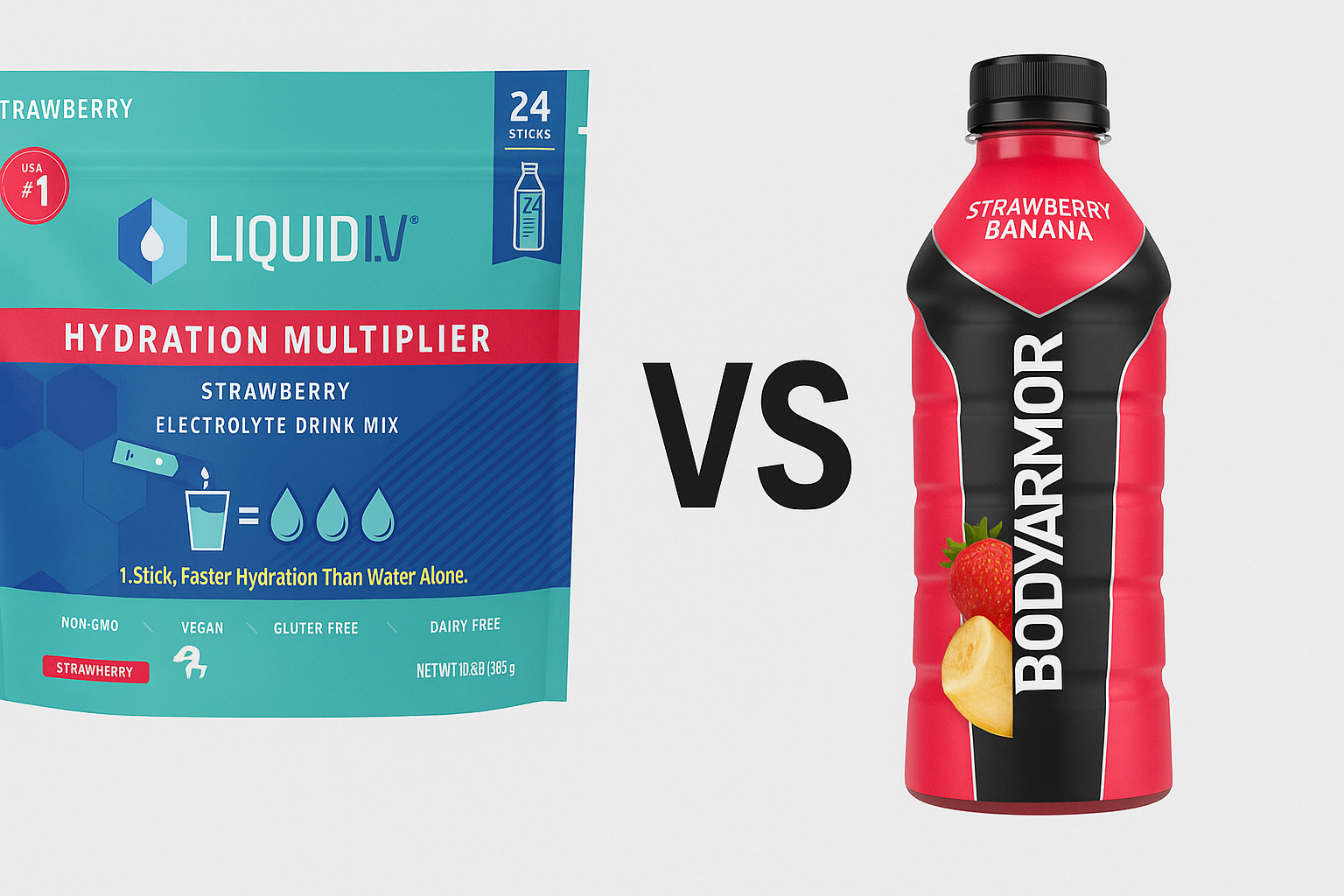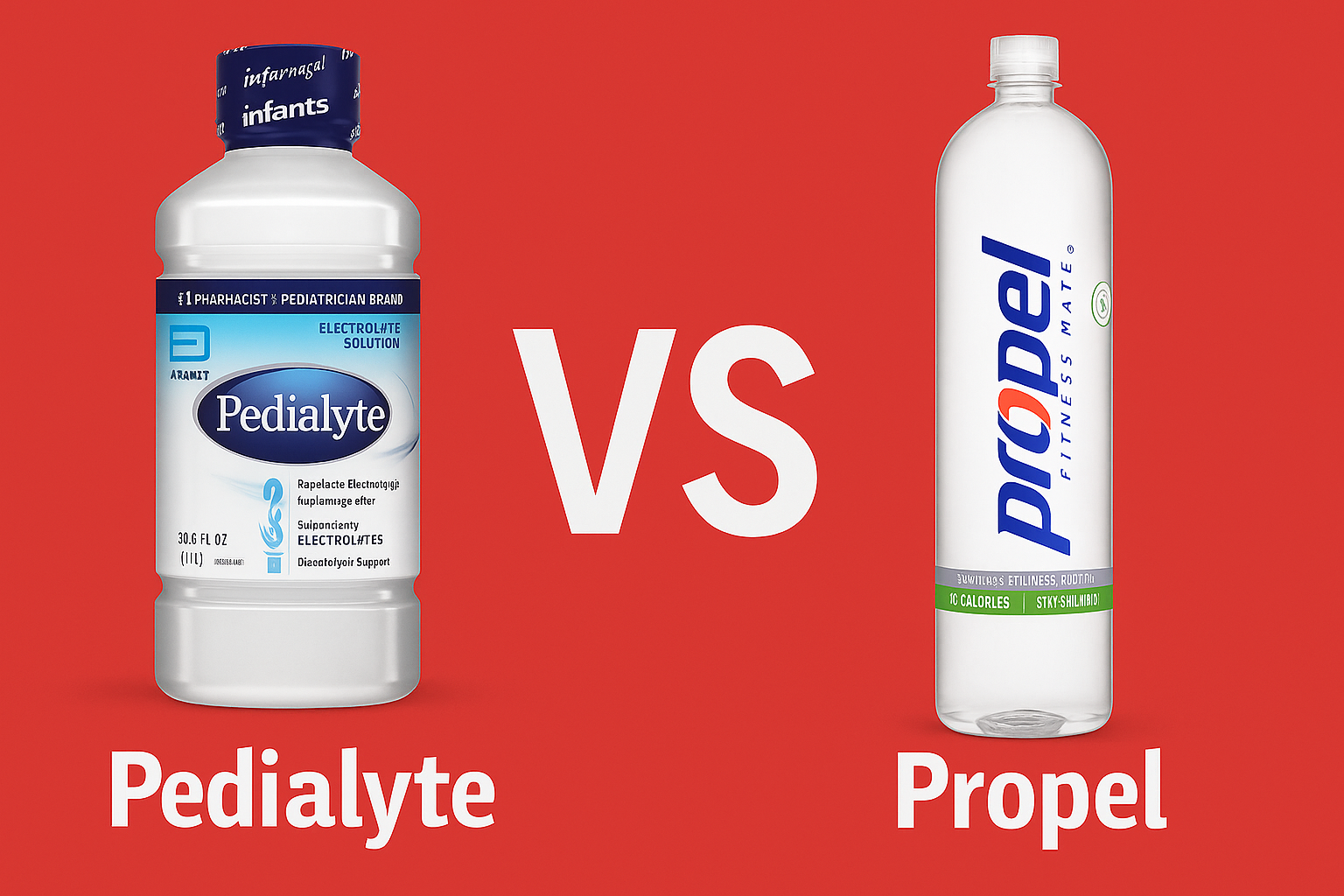Gatorlyte vs Electrolit: Which Hydration Drink is Better in the U.S.?
Hydration drinks with added electrolytes have grown in popularity in recent years. For athletes, outdoor workers, or people exposed to heat and sweat, they promise more efficient rehydration than plain water. Within that category, Gatorlyte (a Gatorade sub-brand) and Electrolit (developed by Grupo Pisa, distributed in the U.S. by CAB Enterprises) are two noteworthy options—each targeting somewhat different niches.
While Gatorlyte is well integrated in the U.S. sports drink ecosystem, Electrolit is a relative newcomer in U.S. distribution and markets itself as a “rapid hydration” beverage with a “pharmaceutical-grade” positioning. Understanding their differences helps consumers pick what best matches their hydration needs, taste preferences, and use cases.
Brand / Market Positioning & Availability
Gatorlyte
- Parent brand / lineage: Sub-brand under Gatorade (PepsiCo), focusing on “rapid rehydration” formulations.
- Claim / differentiation: Marketed as rapid rehydration with a 5-electrolyte blend, lower sugar, and no artificial sweeteners or flavors in many variants.
- Product forms / flavors: Available in ready-to-drink bottles (20 oz) and single-serve powders/sticks.
- U.S. presence: Widely available across grocery, sports, and convenience retailers.
Electrolit
- Origin / parent: Developed by Grupo Pisa, a Latin American pharmaceutical and hydration company.
- U.S. distribution: Distributed exclusively by CAB Enterprises in the U.S.
- Claim / differentiation: Promotes “instant hydration” with 5 vital ions (sodium, potassium, magnesium, calcium, chloride) plus glucose to aid absorption.
- Product forms / flavors: Sold as ready-to-drink bottles and hydration powder packets.
- U.S. presence: Expanding quickly, with a growing retail presence and headquarters in Houston, Texas.
Composition & Nutrition Comparison
Electrolyte & Mineral Components
- Gatorlyte
Uses a blend of sodium, potassium, magnesium, calcium, and chloride. It emphasizes rapid rehydration with significantly lower sugar than traditional Gatorade. Many bottles list around 12 grams of sugar per 20 fl oz, with higher sodium content than classic Gatorade. - Electrolit
Contains the same 5 electrolytes—sodium, potassium, magnesium, calcium, and chloride—plus glucose to improve absorption. A 21 fl oz bottle typically provides about 130 calories, 430 mg sodium, 490 mg potassium, 30 mg magnesium, 50 mg calcium, and 31 grams of sugar. Powder packets generally contain 10 grams of sugar for about 40 calories.
Takeaway:
Electrolit usually delivers higher sugar and carbohydrate levels than Gatorlyte. Both provide a full range of electrolytes, which many standard sports drinks lack.
Sugar / Carbohydrate / Caloric Load
- Gatorlyte
Designed as a lower-sugar drink, with many flavors containing around 12 grams of sugar per 20 fl oz. - Electrolit
Higher sugar content, with around 31 grams per bottle. Zero-sugar variants are available, but the classic line leans sweet.
Takeaway:
Electrolit is heavier on carbs, useful for fast absorption and energy, while Gatorlyte is lighter and better suited for calorie-conscious consumers.
Taste, Flavor Varieties & Palatability
- Gatorlyte: Flavors include Cherry Lime, Orange, Strawberry Kiwi, and more. Generally lighter and less sweet than traditional Gatorade.
- Electrolit: Offers a wide range including Berry, Fruit Punch, Grape, Lemon-Lime, and Coconut. Typically sweeter and closer to the taste of traditional sports drinks.
Taste is subjective—some prefer the lighter profile of Gatorlyte, while others like Electrolit’s stronger sweetness.
Use Cases & Suitability
| Situation | Gatorlyte Advantage | Electrolit Advantage | Caveat |
|---|---|---|---|
| Endurance sports | Lighter sugar load, easier on the stomach | More carbs for energy and electrolyte support | High sugar may cause GI issues |
| Heavy sweat / outdoor work | Lower calorie rehydration | Higher sodium + glucose for faster recovery | Monitor sodium intake |
| Casual exercise | Plenty for short workouts | May overshoot needs | Calories may be unnecessary |
| Illness recovery (mild dehydration) | Gentle sugar content | Stronger electrolyte/carbohydrate boost | For severe cases, medical ORS is better |
| Diet / sugar control | Better for calorie-conscious users | Zero line is an option | Classic Electrolit may be too sugary |
Pricing & Availability in the U.S.
- Gatorlyte benefits from PepsiCo’s massive distribution, making it easy to find in grocery stores, gas stations, and gyms. Prices are competitive due to scale.
- Electrolit is growing in U.S. presence but may not be as widely stocked in all regions. Prices can sometimes be higher per bottle due to import/distribution costs.
Pros and Cons
Gatorlyte
Pros
- Widely available in the U.S.
- Lower sugar, fewer calories
- Complete electrolyte blend
- Backed by Gatorade’s brand trust
Cons
- May not provide enough carbs for long endurance events
- Fewer flavor options compared to Electrolit
Electrolit
Pros
- Higher electrolyte and carb load for rapid recovery
- Extensive flavor range including Zero line
- Strong focus on instant hydration
Cons
- High sugar content in most versions
- Less available in some U.S. regions
- Pricier than mainstream options
Which One Should You Choose?
- Choose Gatorlyte if you want a lower-sugar, easily accessible hydration drink that covers your electrolyte needs without too many extra calories.
- Choose Electrolit if you need rapid rehydration with more carbs and electrolytes, especially for long workouts, extreme heat, or illness recovery.
For most everyday athletes or gym-goers in the U.S., Gatorlyte is a safer, more widely available option. For heavy endurance athletes or people working long hours in the sun, Electrolit might give an edge—provided you can find it and are okay with the sugar content.
Final Thoughts
Both Gatorlyte and Electrolit do their job well, but they suit different needs. Gatorlyte works best for everyday hydration with lower sugar, while Electrolit delivers a stronger punch for demanding rehydration scenarios.
Remember: whichever you choose, hydration success depends on drinking enough fluids overall—not just the brand you pick.

